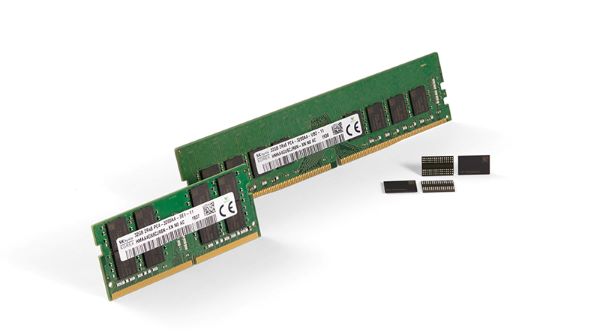The DRAM market is facing a potential upheaval as leading manufacturers like Micron, Samsung, and SK Hynix are considering halting the production of DDR3 and DDR4 memory by the end of the year. According to industry sources, this move is driven by a combination of lower memory prices and declining demand. While this could lead to a shortage of DDR4 memory, which is still widely used in entry-level PCs and consumer devices, the situation is more nuanced than it first appears.
As per Digitimes' report (via Tom's Hardware), the root cause of this potential shift lies in the aggressive pricing strategies of Chinese DRAM manufacturers, like Changxin Memory Technology (CXMT) and Fujian Jinhua. These companies have significantly ramped up DDR4 production while slashing prices, undercutting their South Korean rivals. In some cases, Chinese DDR4 memory ICs are reportedly cheaper than reconditioned chips, making it increasingly difficult for major DRAM manufacturers to maintain profitability in the DDR4 market. This has led them to consider phasing out DDR4 production in favour of more lucrative options like DDR5 and HBM.

However, demand for DDR4 remains strong, and whether Chinese manufacturers can meet this demand alone is unclear. If Micron, Samsung, and SK Hynix exit the DDR3 and DDR4 markets, a supply shortage could emerge as early as mid-2025. While Taiwanese companies like Nanya Technology and Winbond Electronics could potentially fill the gap, their focus on specialised DRAM with lower production volumes and higher prices might not fully address the broader market needs. Moreover, some clients hesitate to use Chinese-made DRAM.
Nanya Technology predicts the DRAM market will bottom out in early 2025 before recovering in the second quarter. AI-related cloud computing is expected to remain a key driver, while overall consumer demand is projected to see only a modest increase. Anticipating the decline of older DDR memory versions, Winbond Electronics plans to transition to a more advanced 16nm manufacturing process in late 2025. This move from 20nm will enable the company to produce higher-capacity 8Gb DDR chips, better positioning them for current and future market demands.
Discuss on our Facebook page, HERE.
KitGuru says: Do you still have a system using DDR3 or DDR4 memory? If you're planning to upgrade your memory, it might be a good idea to do it soon, or you might end up paying more for the same.
 KitGuru KitGuru.net – Tech News | Hardware News | Hardware Reviews | IOS | Mobile | Gaming | Graphics Cards
KitGuru KitGuru.net – Tech News | Hardware News | Hardware Reviews | IOS | Mobile | Gaming | Graphics Cards


